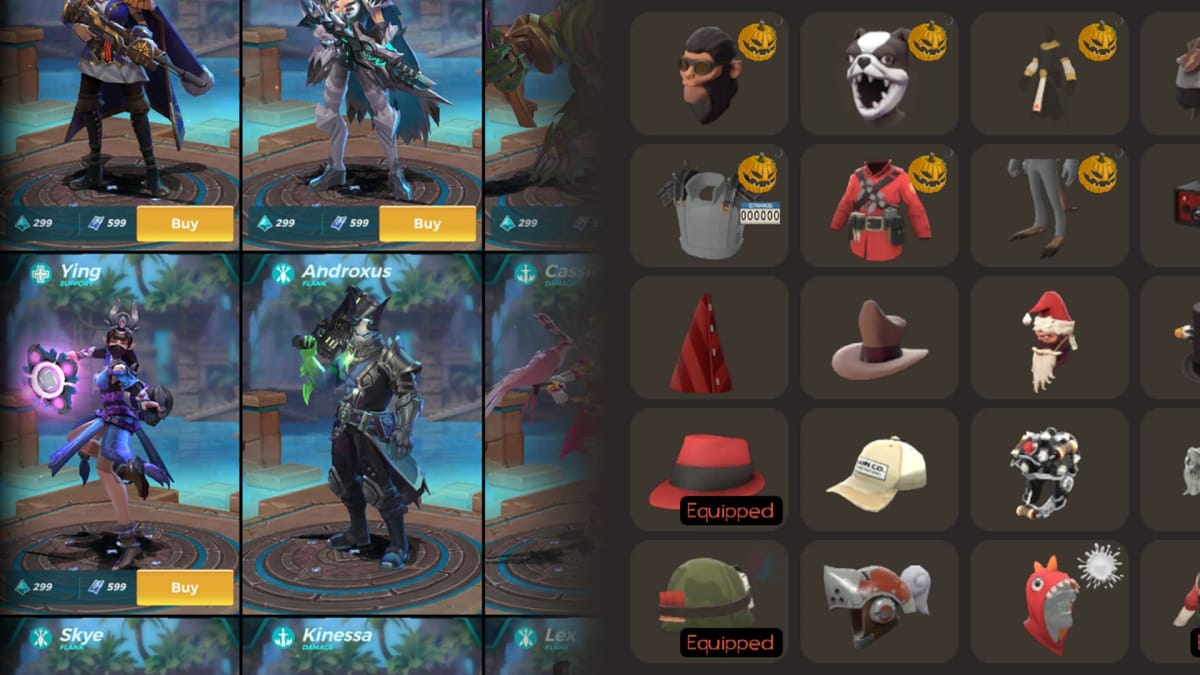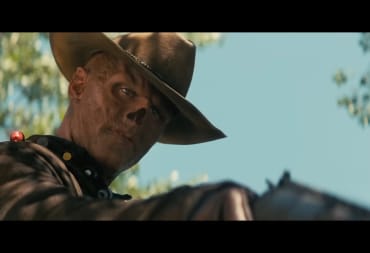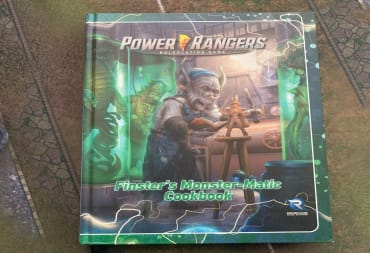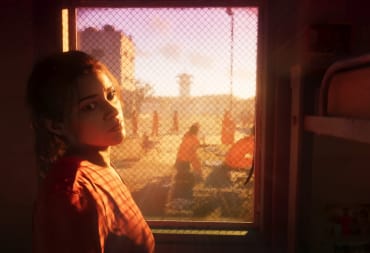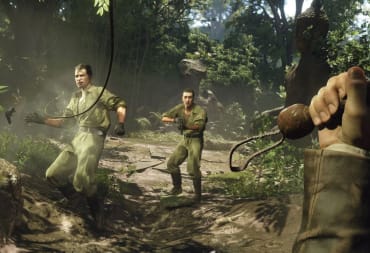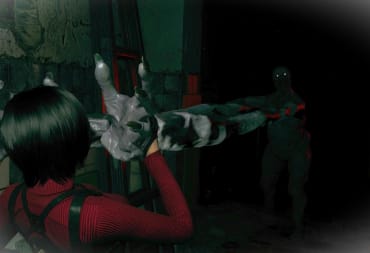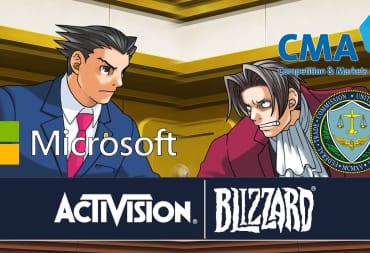Hero shooters -- games built around a roster of distinct "hero" characters, and the way they interact, as opposed to interchangeable soldiers and thugs -- are a game genre in their peak. They fall under a wide umbrella, one that includes everything from class-based tactical shooters to MOBA-likes. One thing that unites these diverse games, though, is a now-familiar style of player customization: You can trick out your hero in one of a handful of pre-assembled “skins,” full-body remodels of the base character, usually with other options like emotes or voice lines depending on the game. Sometimes menus can be recolored, or portraits can get custom borders. But in general, your options to express yourself through your hero’s appearance are few and far between.
There are exceptions -- Tom Clancy’s Rainbow Six: Siege lets players pick separate helmets and uniforms for their operators, for example, even if most helmets are made for specific uniforms and vice versa -- but this is the broad standard, and players who take pride in making heroes their own can expect this framework to continue.
There are advantages to this. In broad terms, pre-made cosmetic sets can keep an art style consistent, can keep diverse heroes recognizable even in intense-on-screen action, and can make sure a named hero never dresses "out of character." This is a game of give and take, though. Players lose their individuality, a hero’s chosen outfit says little about the user behind it, and cosmetics can become a small, immemorable part of the game’s experience.
This begs the question: If we look back, before character dress-up got refined to an industry science, what can we learn from Team Fortress 2? Its nine mercenary classes, with unique powers and personalities, map comfortably onto what we now call "heroes," but it’s a game celebrated for its cosmetics system, in ways few other hero shooters can boast. What does it do differently? Is there a way to marry the perks of a tightly controlled dress-up system with the proven potential of a looser one?
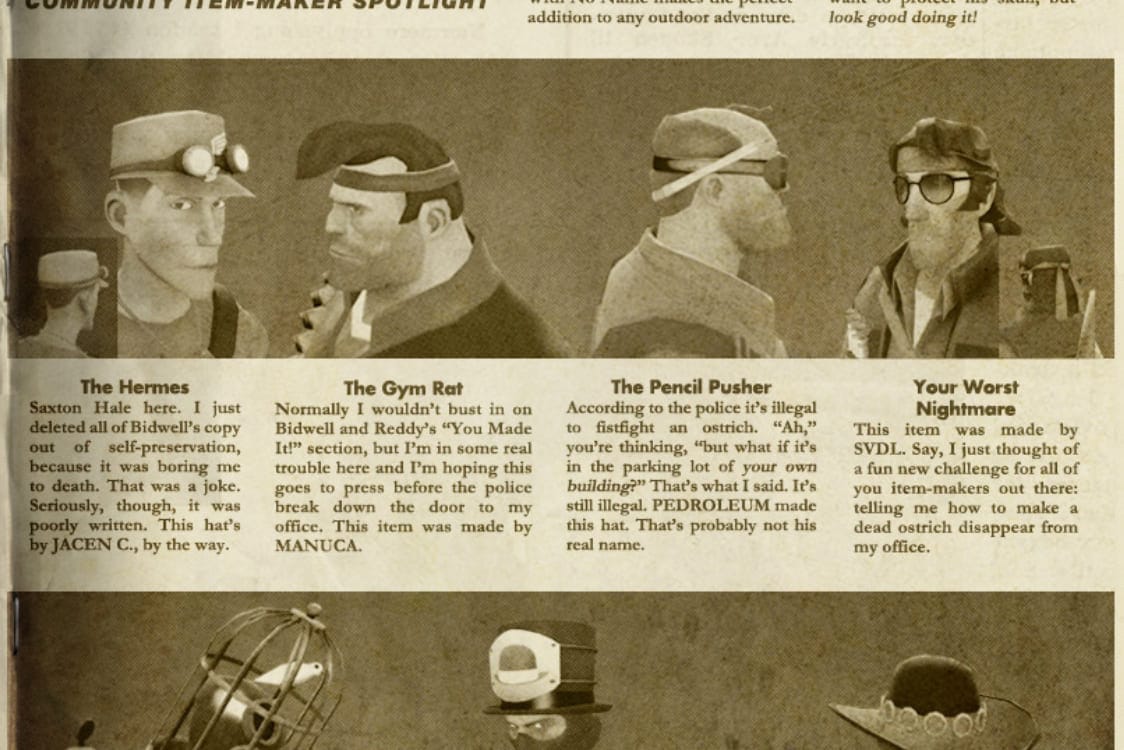
Team Fortress 2’s Modular Dress-Up System
Valve Corporation launched Team Fortress 2 in 2007, but it wasn’t until spring of 2009 that the game received its first batch of now-iconic hats. For TF2, which is set in a heightened 1960s spy-fiction universe full of cartoonish and violent personalities, wearable hats subverted more standard cosmetic items in online games (e.g. unlockable armors in Halo 3), and interfered as little as possible with the distinct outfits and silhouettes that set its classes apart.
With future updates, TF2 would refine the art of "dressing up your guy" in a video game. As updates and cross-promotions added chest accessories like badges, one cosmetic slot turned to three. By 2013, in a defining change, "one hat and two accessories" became "any three cosmetic items that don’t overlap in equip region" (essentially, any three cosmetics that don’t intersect on the model). Cufflinks, boots, and a bow tie? Sure. Helmet, face mask, and scarf? No sweat.
For a visual example, here’s a Pyro loadout:
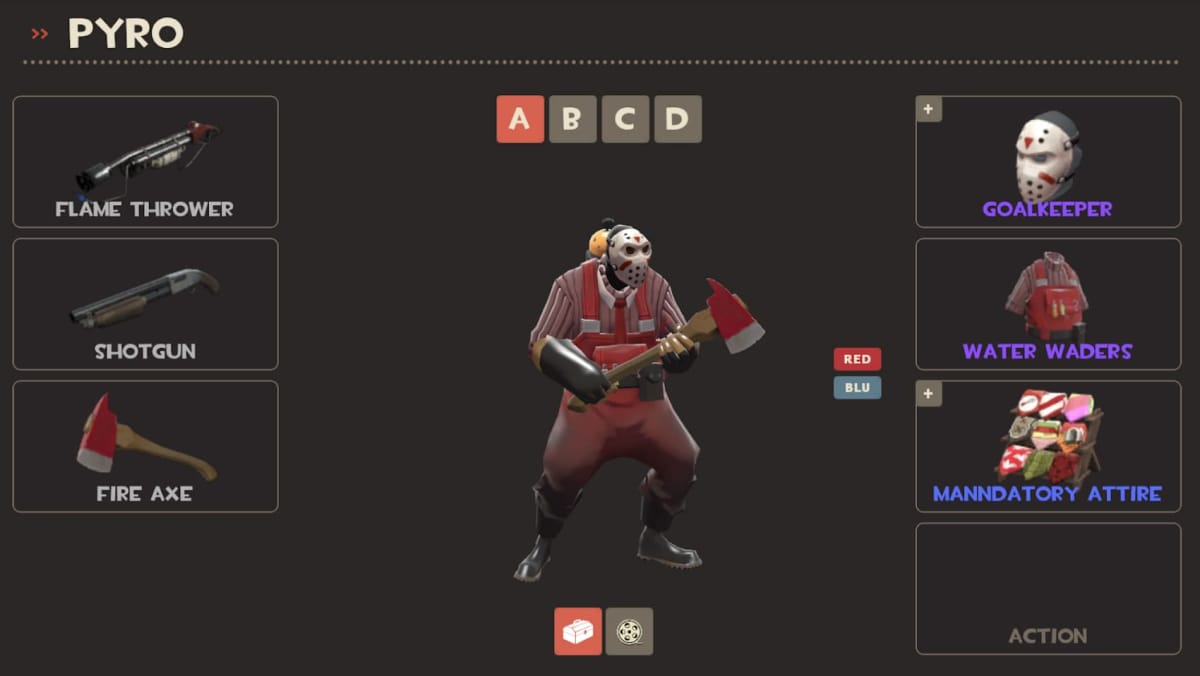
Two of these items -- the necktie and the coveralls -- are worn on the Pyro’s upper body, and neither was designed with the other in mind, but TF2’s complex equip region system allows them to harmlessly coexist without looking glitchy or distracting. What might otherwise have been "pick your favorite hat and your favorite shirt" becomes a true exercise in creativity. It’s an evolution from its former self, and very unlike the tight selection of developer-designed skins in your average hero shooter or MOBA.
In fact, the TF2 community values costume parts that are versatile and can complement hats and accessories already in the game. Look at any of the top-rated headgear items on TF2’s fan workshop, and most of them will include a gallery picture of the item used in a half-dozen outfits -- like a seller in a boutique saying, "Wouldn’t this hat just go great with your suspenders?"
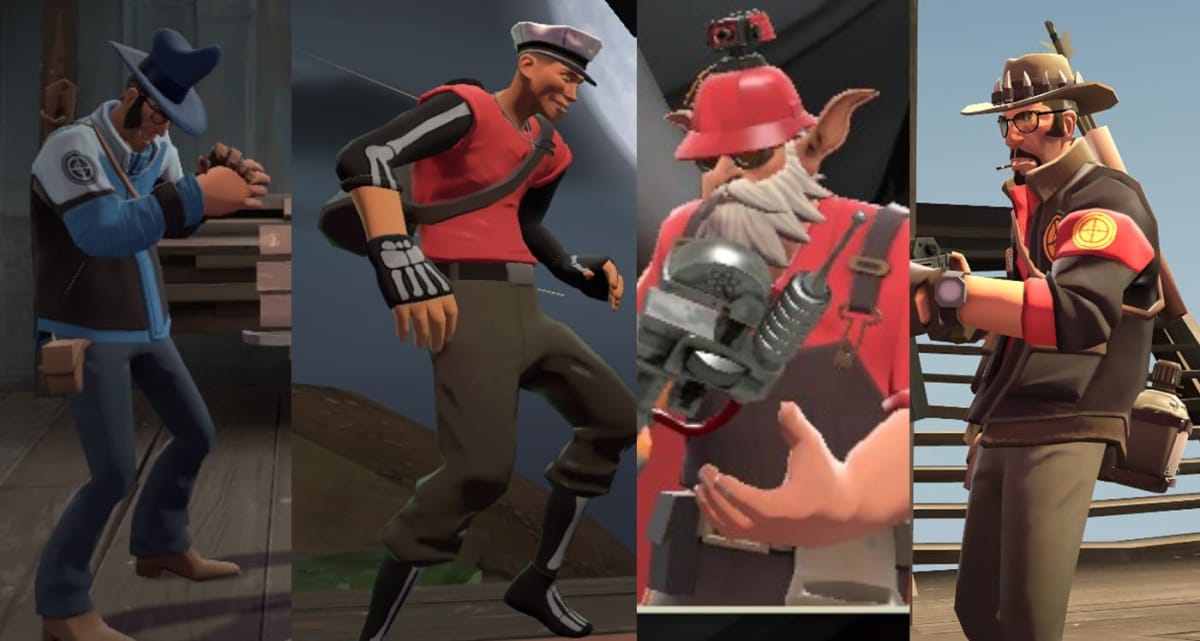
Clothes Deepen Communities
Every game with uniform choices has its own stereotypes for each of them. League of Legends players roll their eyes at their team’s Elementalist Lux; she’s never a team player. The Voidwalker Wraith in your Apex Legends squad is going to try way too hard, that sort of thing. Some might see this as wedges being drawn between a game’s community, but not so -- think of it like a high school, with its meaningless fashion trends, its "in right now" versus its "so last year," and its cliques that dress alike or apart to show loyalty. It helps turn a game into a cultural center; a real ecosystem that you want to visit, and a place that you remember fondly when you’re not there.
This ecosystem exists even in games like Paladins, where some champions have only two or three skins to stereotype. In Team Fortress 2, where a class might have 250 items in countless combinations, the culture is even more dense. TF2 players will talk about "Hoovies" -- Heavies in knit hats and wool mittens that refuse to fight -- or obnoxious "lime Scouts," whose entire outfits are trimmed in blinding neon green. A fluffy fox’s-head hat has become a signifier for members of the furry community. A giant head-mounted banana, which has been called inconsistent with the game’s art style, is a nihilistic, deeply ironic fashion statement; even wearing it is a protest against the game itself.
This deepens the fashion game even further. The decision a player makes when choosing their appearance isn’t just "which uniform do I like more?" or "does Mariachi Reaper make me seem cooler?" Instead it’s: What does my loadout say about the kind of person I am? Am I showy or understated? Dark or vibrant? Fun-loving or all business? What sort of identity am I projecting to this server?
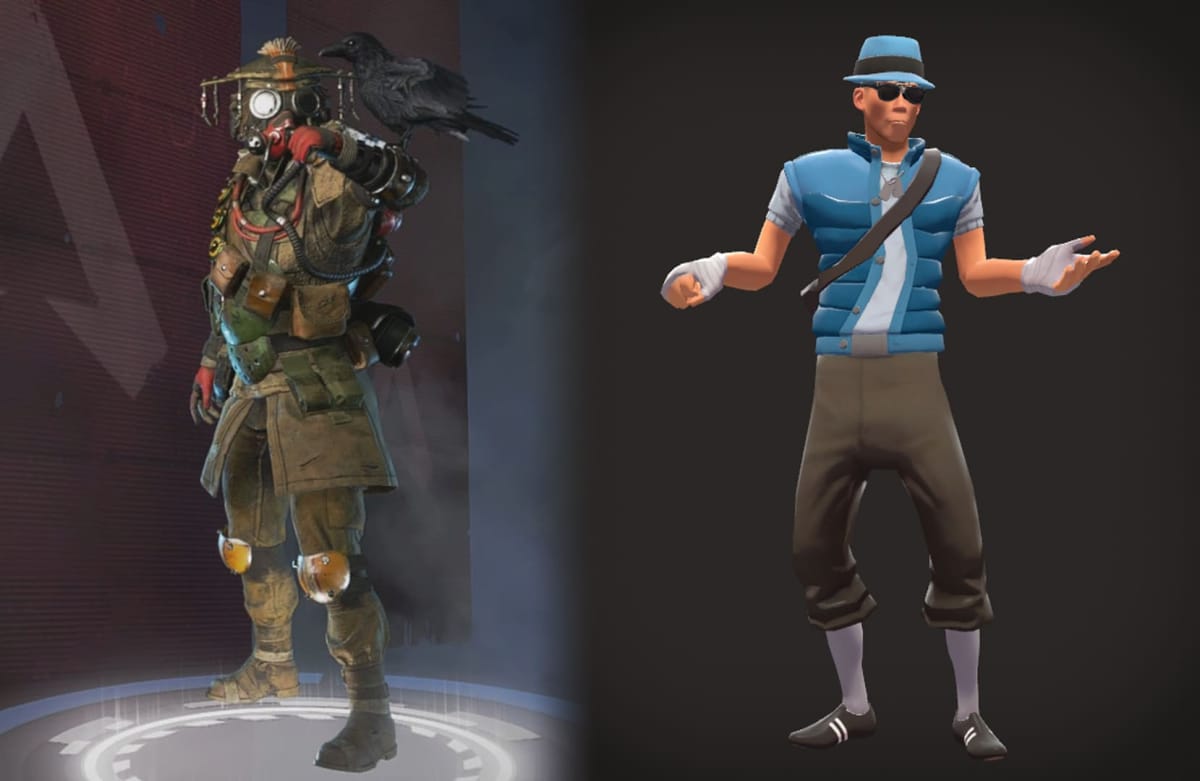
Shirts Versus Skins
But then, there are reasons other hero shooters might have chosen to be less adventurous with dress-up. Player recognition, for one, is a huge concern in a hero shooter. Team Fortress 2 has only nine mercenaries, where Apex Legends has 18 legends, and Rainbow Six: Siege has 61 operators -- it’s harder to make that many heroes look and sound different in the first place, and an open-ended cosmetics system would only make art direction harder.
This might not be a hard-and-fast rule, though. After all, Siege adds a new all-operator full-body camo every season. TF2 may be the only hero shooter that strictly color codes its heroes to avoid confusion, with Medics always off-white or robin-egg, and Engineers always reddish-brown or denim blue, no matter what added couture they wear. Plus, in games like Siege and Apex, struggling to tell heroes apart from a distance is a game mechanic on its own. Siege encourages players to hide their own team’s hero roster and identify the enemy’s, so heroes looking similar on-sight appears intentional. Would deeper dress-up really present a problem that all these other factors don’t?
Keeping heroes dressed "in character" is another perk of tightly controlled skins; however, it seems like few hero shooters take advantage of this perk anyway. Overwatch’s legendary skins, for one, range from high fantasy to ‘50s greaser culture, in ways that don’t reflect what the heroes would choose to wear. In fact, many of these games make a point of the events of a match not being canon in-universe: Tom Clancy’s original books allude to Team Rainbow having virtual-reality combat simulations, for example, and Overwatch’s former lead writer Michael Chu once noted that the player-versus-player melees “aren’t strictly canon.” With this in mind, it doesn’t matter so much whether heroes dress unlike themselves.
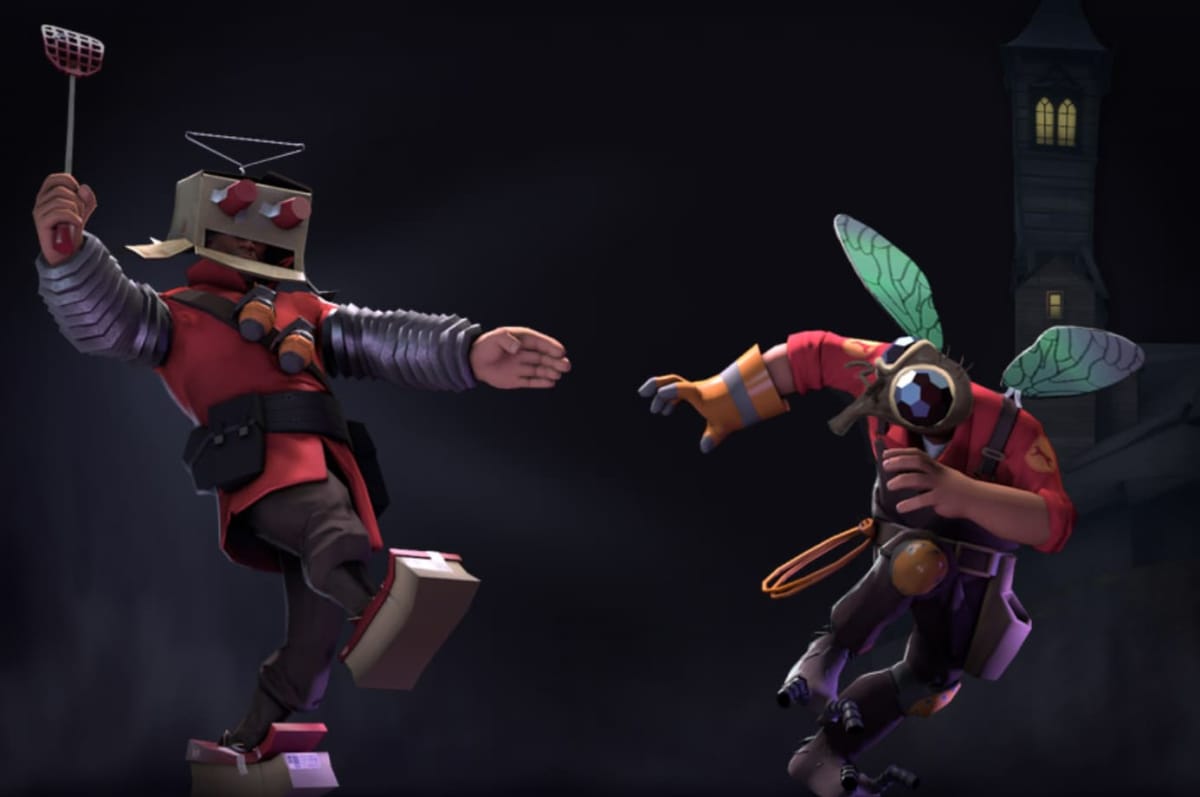
What Can Hero Shooters Learn?
All this isn’t to say that other hero shooters were designed wrong, though. It may be that Team Fortress 2 is in a rare and fortuitous place that allowed its developers to get wild with costume pieces. Indeed, let’s assume TF2’s specific flavor of modularity isn’t in the cards for any other hero shooters. Even with that, what’s the takeaway?
First, developers shouldn’t be afraid of their communities. Even in the smallest way, TF2’s costume system puts a bit of character design power in players’ hands, and that can be a scary thing. But clearly, if people love a game, they won’t try to undermine it or the people making it. Trust is key.
Second, even in character-based experiences like hero shooters, people like to be themselves. If constraining a hero’s aesthetics is supposed to encourage players to think of themselves as that character -- or, god forbid, roleplay as them in-game -- this hasn’t succeeded. Players will try to dress their main hero like the Joker, or style them to look like their real-life selves, or pick the most garish cosmetic combo possible just to test the limits of the art style, and no captivating lore or in-character costume rack is going to stop them. By putting hard limits on outfit choices like this, developers aren’t making you see the world through a hero’s eyes. All they’re doing is making "being yourself" more difficult and less fun.
Finally, in the broadest sense, giving players freedom to choose adds more to the game experience. Metas ebb and flow, heroes rise and fall in popularity, and (as in real life) fashion trends appear and disappear. Team Fortress 2 wouldn’t be half the game it is today, or a quarter of the game it was in 2013, without players taking their freedom of choice and using it to dress like total clowns. Heroes can’t be held back.
Have a tip, or want to point out something we missed? Leave a Comment or e-mail us at tips@techraptor.net
